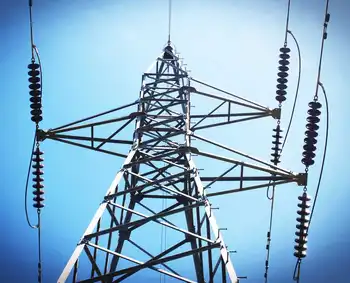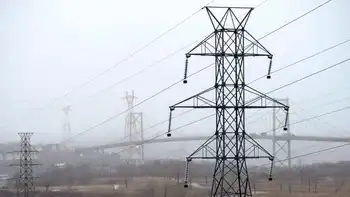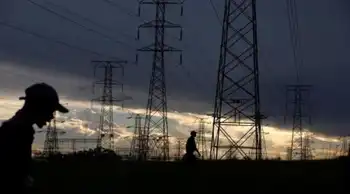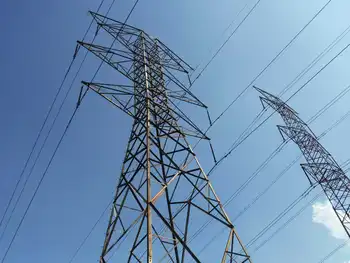U.S. Government announces EPA Clean Power Plan
By U.S. Environmental Protection Agency
Substation Relay Protection Training
Our customized live online or in‑person group training can be delivered to your staff at your location.

- Live Online
- 12 hours Instructor-led
- Group Training Available
Compared with last yearÂ’s proposal, the final Clean Power Plan cuts over 70 million more tons of carbon pollution, making it more ambitious. And based on more than two years of extensive outreach, plus the 4.3 million public comments we received, we made changes to improve the proposal, so that the final Clean Power Plan is more achievable and more affordable, too.
There are two key reasons our final rule works: 1 it follows a more traditional Clean Air Act approach to reduce air pollution, and 2 it gives states and utilities even more options and more time to reach their pollution reduction goals.
At the heart of the final Clean Power Plan are its uniform emission rates for fossil fuel power plants. These standards limit the average amount of carbon pollution released for every unit of energy generated – and the standards are now the same in every state for similar types of fossil fuel plants. Based on those standards, EPA’s plan sets state-specific carbon pollution reduction goals that reflect each state’s unique energy mix.
Carbon reductions can begin now, and each state needs to hit its interim target by 2022 and its final target by 2030—but no individual plant has to meet the standard alone or all at once. Instead, power plants can work within the electricity grid to meet the standards over time. That means, even though the standards are fair and consistent, they’re not cookie-cutter. States are in the driver’s seat to design approaches that work for them, and the final plan gives utilities more options to reach the interim and final goals.
When we hold power plants of the same type to the same standards, we also make sure their reductions are interchangeable – creating a system that’s ready for trading. The built-in ability to trade emissions gives states even more flexibility in how they achieve their carbon pollution reduction goals.
States don’t exist in isolation, and neither do power plants. Utilities have bought, sold and transmitted electricity across state lines for decades, and regional power grids are a major reason electricity is affordable and reliable. Pollution doesn’t stop at state lines either. With the Clean Power Plan, we’re cutting pollution in the same way we generate and distribute electricity—through an interconnected grid.
Because states requested it, weÂ’re also proposing a model rule they can adopt right away: one thatÂ’s cost-effective and guarantees they meet EPAÂ’s requirements, and will let their power plants use interstate trading. But they donÂ’t have to use our plan they can cut carbon pollution in whatever way makes the most sense for them.
Our final rule sets smart, uniform targets for power plants across the country, but thatÂ’s nothing new. ItÂ’s a proven approach that EPA has used to reduce air pollution under the Clean Air Act for decades. WeÂ’re following long-standing legal precedent to create smart, achievable standards and facilitate trading among plants so the cheapest reductions come first.
Cutting carbon pollution from power plants is about tackling the challenge of climate change. This is an opportunity to protect public health, cut pollution from our energy system, and energize our clean economy. Now is the time to build a future that weÂ’ll be proud to leave behind for our children and future generations.











